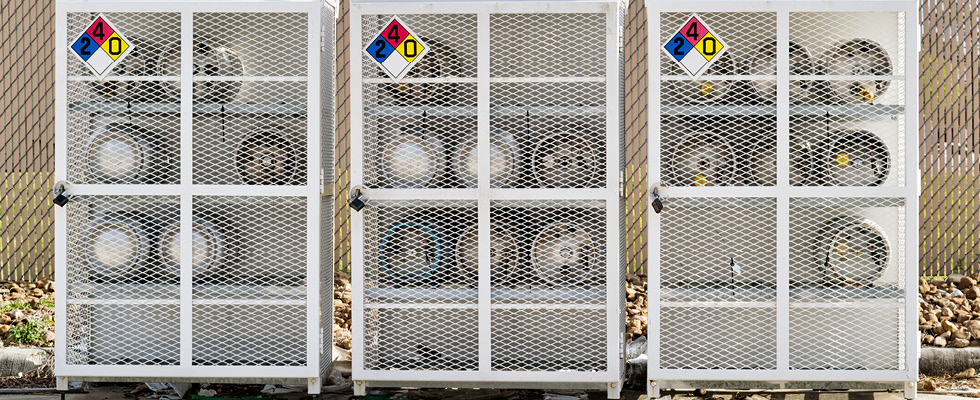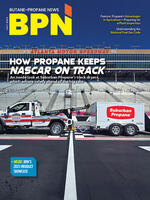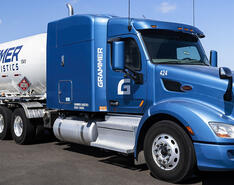
NFPA 54 fuel gas code, or the National Fuel Gas Code, is a safety standard published by the National Fire Protection Association (NFPA), which provides guidelines for the safe installation and operation of fuel gas piping systems, appliances, equipment and accessories. This is the go-to standard for professionals working with natural gas and propane systems.
The National Fuel Gas Code is incorporated in many jurisdictions across the United States and is one of the foundational codes used by engineers, contractors, inspectors and utility personnel to ensure that natural gas and propane systems operate safely and efficiently in both residential and commercial settings. NFPA 54 is the oldest fuel gas code in the United States. Before 1974, the contents of the code appeared in several other documents; in 1974, they were combined into one document.
The Core Components of NFPA 54 Fuel Gas Code
When looking at the standard overall, it can be broken down based on what part of the process you are doing. The core components of NFPA 54 are:
- Qualified agencies, interruption of service, prevention of accidental ignition and noncombustible material
- Gas piping plans, provision for location of the point of delivery, interconnections between gas piping systems, sizing of gas piping systems, operating pressure, acceptable piping materials and joining methods, gas meters, gas pressure regulators, overpressure protection devices, backpressure protection, low-pressure protection, shut-off valves, excess flow valves, expansion and flexibility
- Pipe and tubing sizing methods, sizing of natural gas piping systems and sizing of propane piping systems
- Installation of piping systems, including installation of underground piping, aboveground piping, concealed piping in buildings, piping in vertical chases, gas pipe turns, drips and sediment traps, outlets, manual gas shut-off valves, prohibited devices, systems containing gas-air mixtures outside the flammable range, systems containing flammable gas-air mixtures, electrical bonding and grounding, electrical circuits and electrical connections
- Inspection, testing and purging, which covers testing and inspection, piping system leak checks and purging requirements (Note that purging requirements are important for new installations, especially if they experience odor fade where you cannot smell the odorant.)
- Appliance, equipment and accessory installation covers air for combustion and ventilation, appliances on roofs and in attics, along with equipment connections to building piping
- Installation of specific appliances covers the general and different appliance requirements; also covered is compressed natural gas for vehicle fuel systems, appliances in manufactured housing and outdoor flame decorative appliances
- Placing appliances in operation covers adjusting burner input, primary air, safety shut-off devices, automatic ignition and checking the draft and operating instructions
- Venting of appliances has your minimum safe performance, type of venting to be used for positive or negative vent systems, design and construction, specification of venting and for condensing versus noncondensing vent systems
- Sizing of Category I venting systems, which covers additional requirements for single-appliance vents and multiple-appliance vents
The Importance of the Authority Having Jurisdiction
When it comes to enforcement, in most cases, the authority having jurisdiction (AHJ) enforces the rules. The AHJ is defined as an organization, office or individual responsible for enforcing the requirements of a code or standard, or for approving equipment, materials, an installation or a procedure. This can be your local state or city office.
You always need to ensure you are coordinating with the local AHJ, as they ultimately have the final say on compliance. Keep in mind that some local jurisdictions do not automatically adopt the latest version of the model code. Some jurisdictions use older codes that have the fuel gas and venting systems covered under various chapters in, for example, Uniform Plumbing Code or Uniform Mechanical Code.
Understanding the NFPA 54 Fuel Gas Code
Fuel gases are potentially dangerous if they are not handled properly. For this reason, the code specifically states (and defines) that only qualified persons are permitted to install and maintain gas appliances.
For new apprentices that are beginning to work with NFPA 54, this is an opportunity to do a deeper dive into the code to ensure they have a good understanding of the code. Working with a knowledgeable journeyman is helpful to show all the aspects of the code.
This is also helpful to identify limitations of the code. Those that are new to the field need to be thorough in their job and have a good understanding of codes and standards.
Recent Updates to NFPA 54
The most recent edition of NFPA 54 was updated in 2024. Some of the updates that individuals need to be aware of are the following:
A new definition for “interruption of service” has been added to the 2024 edition, which includes updated requirements for purging fuel gas piping systems.
Annex G, which provides information on various aspects of fuel gas systems, has been revised to include guidance on checking combustion air and vent drafting for Category 1 appliances.
Additional annex material helps explain how to determine air changes per hour in modern buildings.
Whether you’re installing piping, setting appliances, checking venting or performing inspections, NFPA 54 lays out the rules that keep systems running safely and reliably.
If you’re doing hands-on gas work, NFPA 54 isn’t just a reference — it’s a critical part of your job every day. Knowing it well means safer installs, fewer callbacks and better protection for your employees and your customers.


